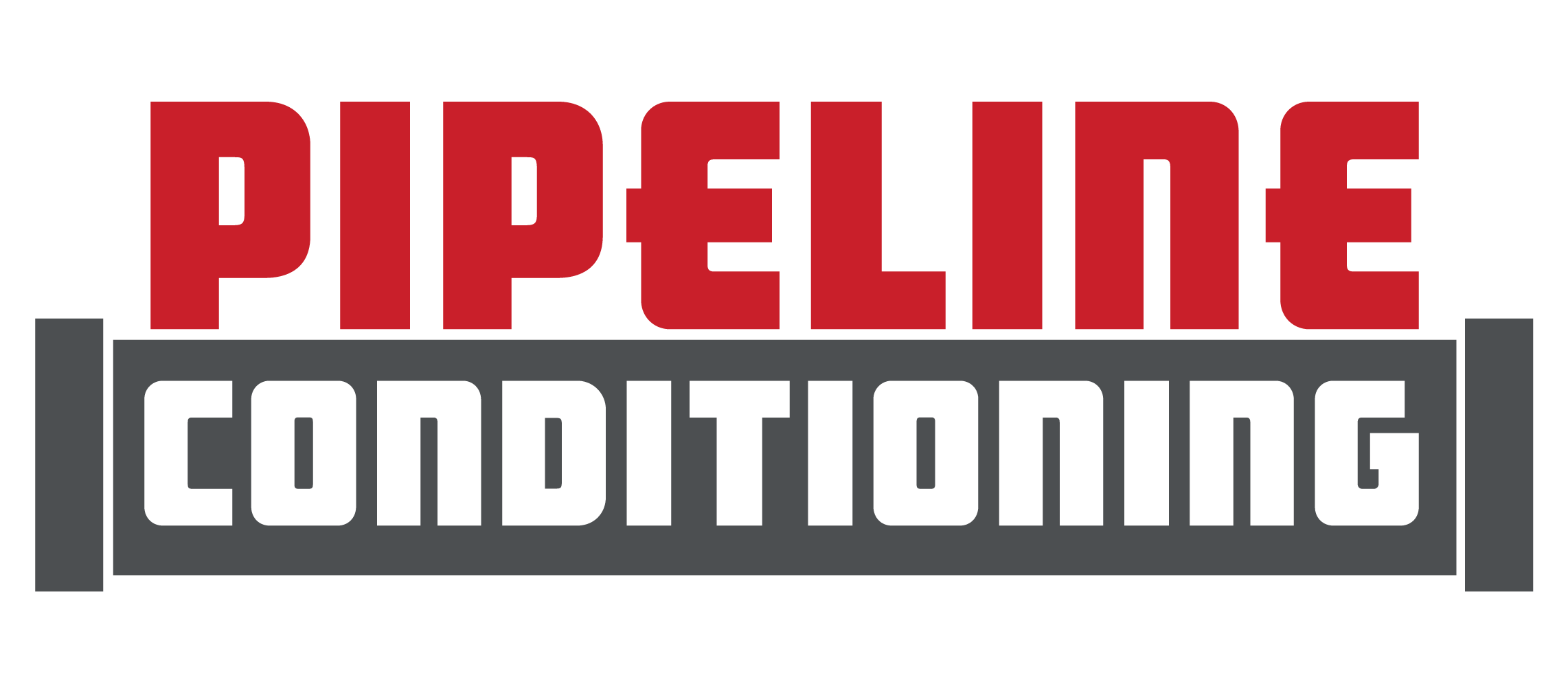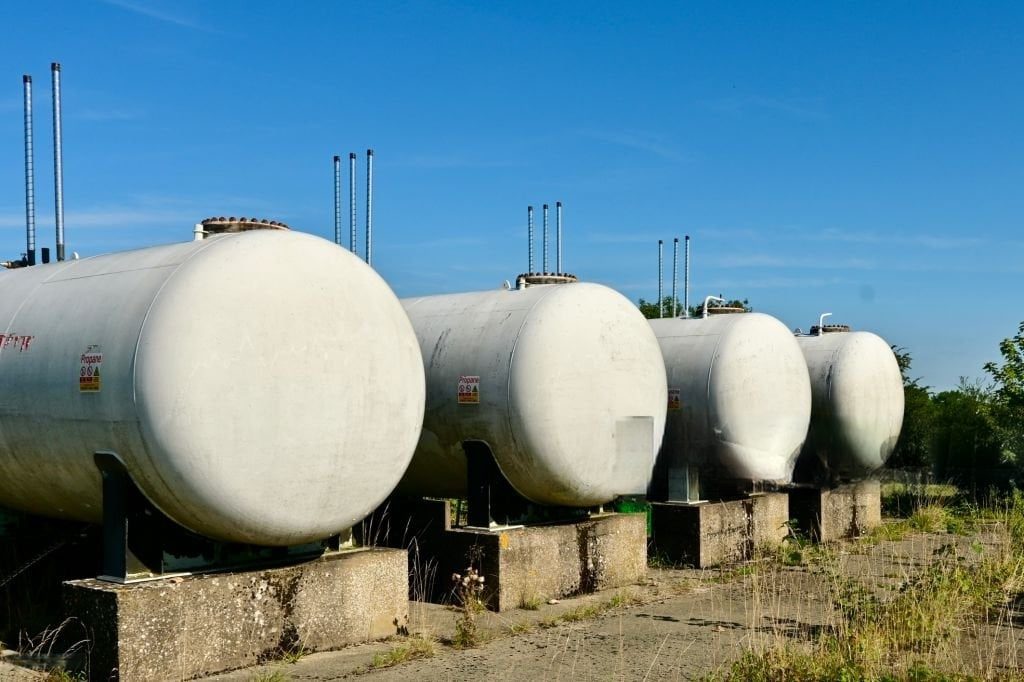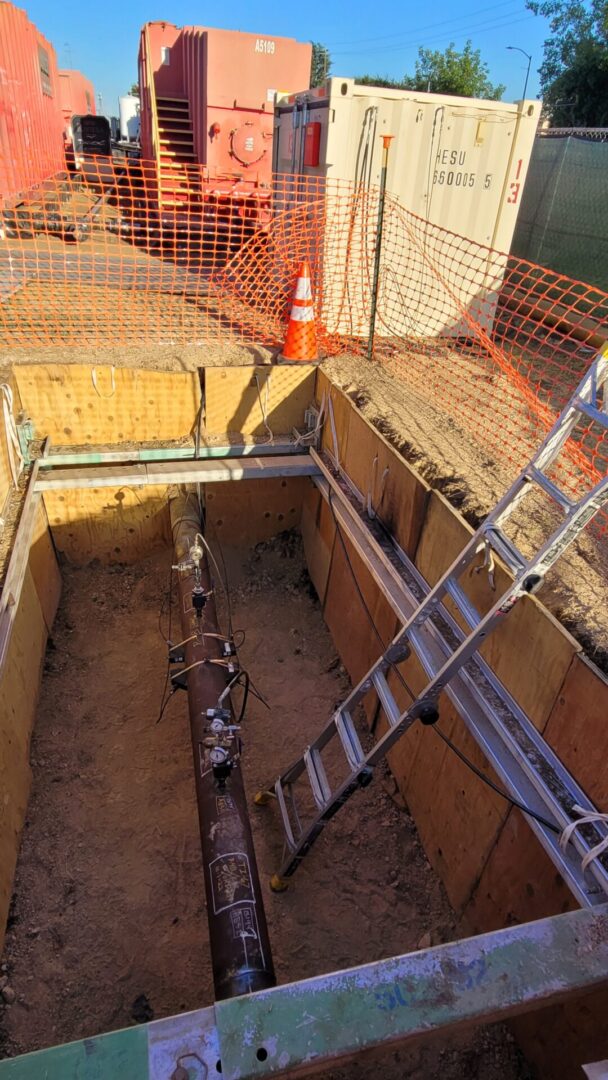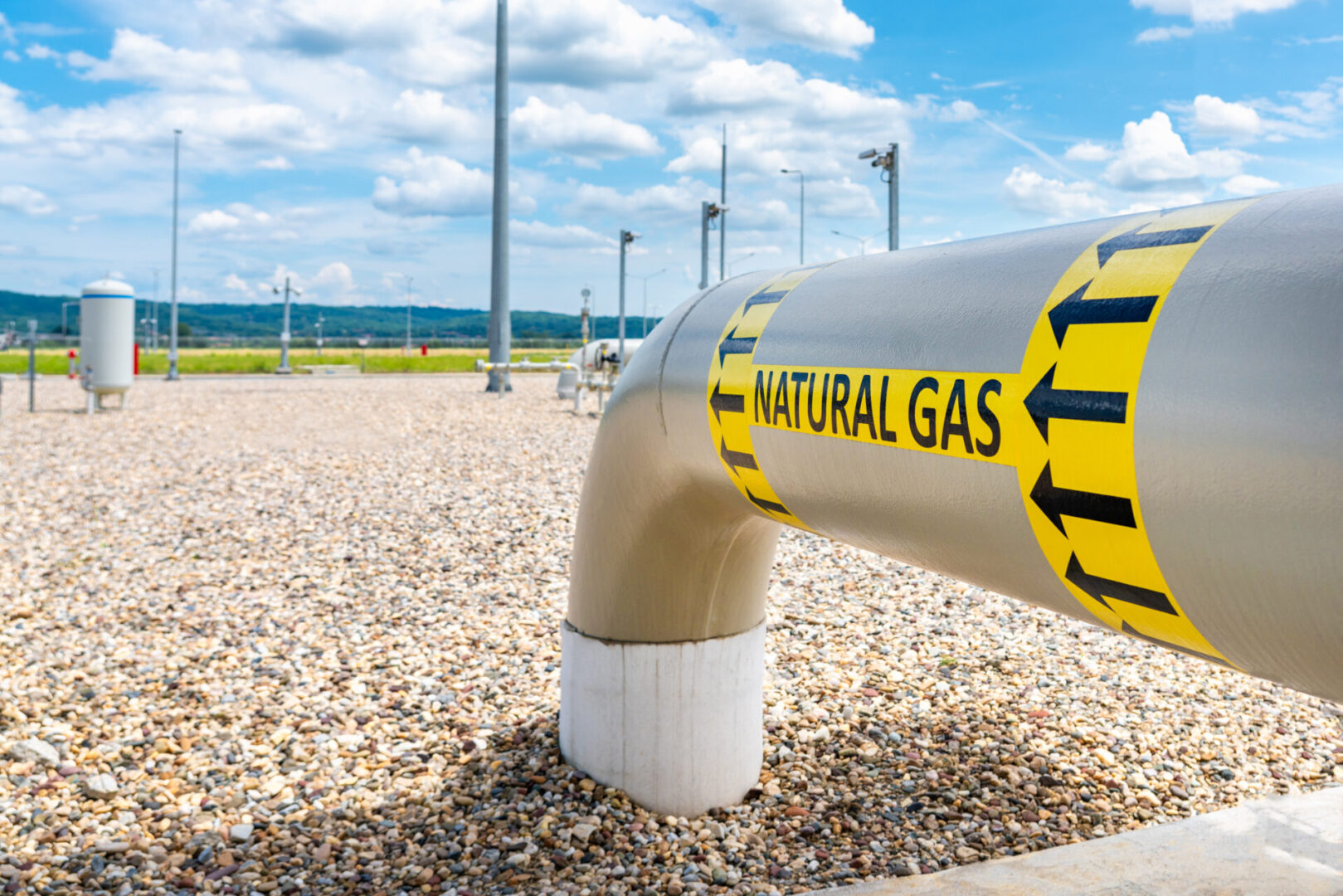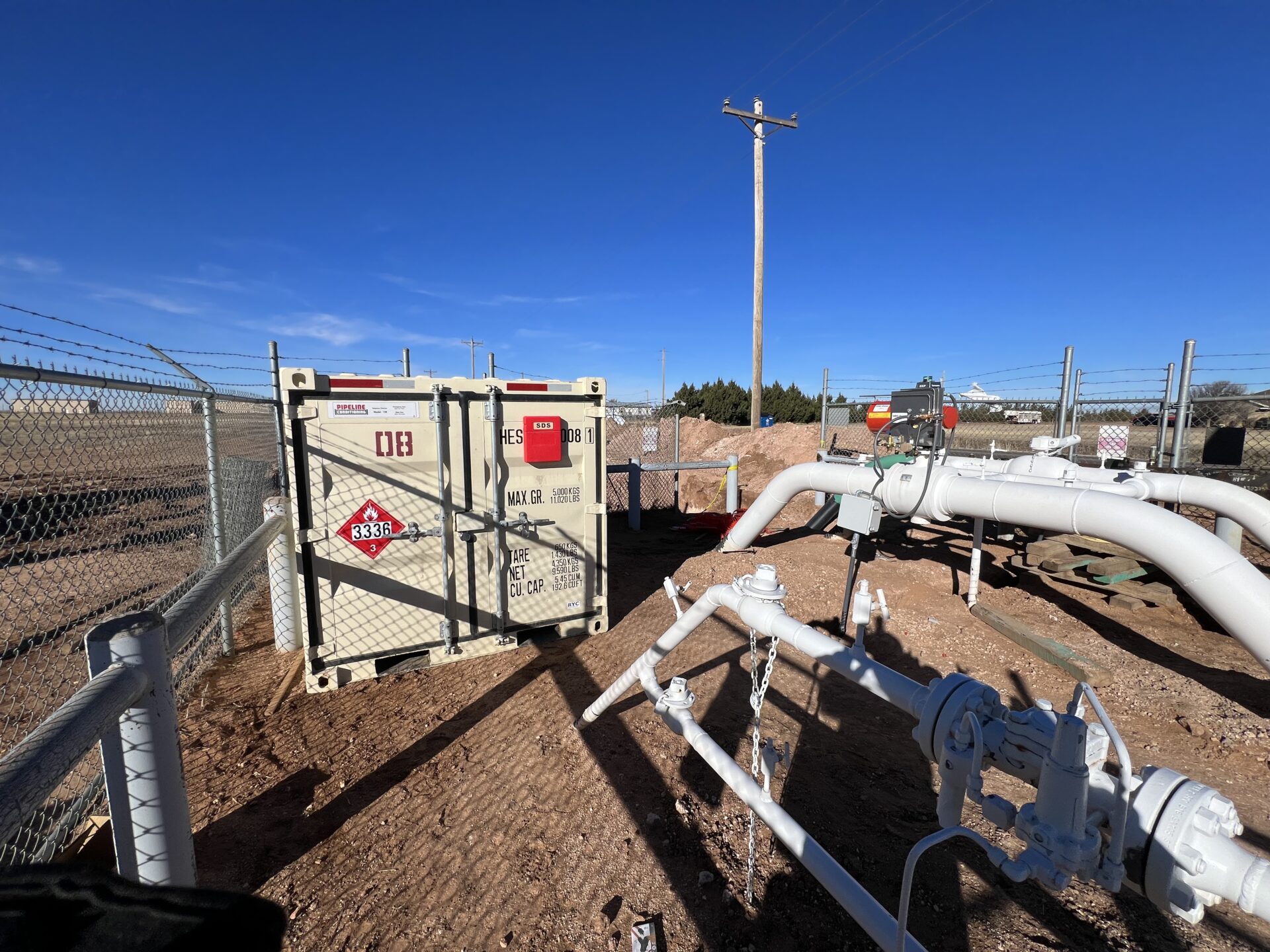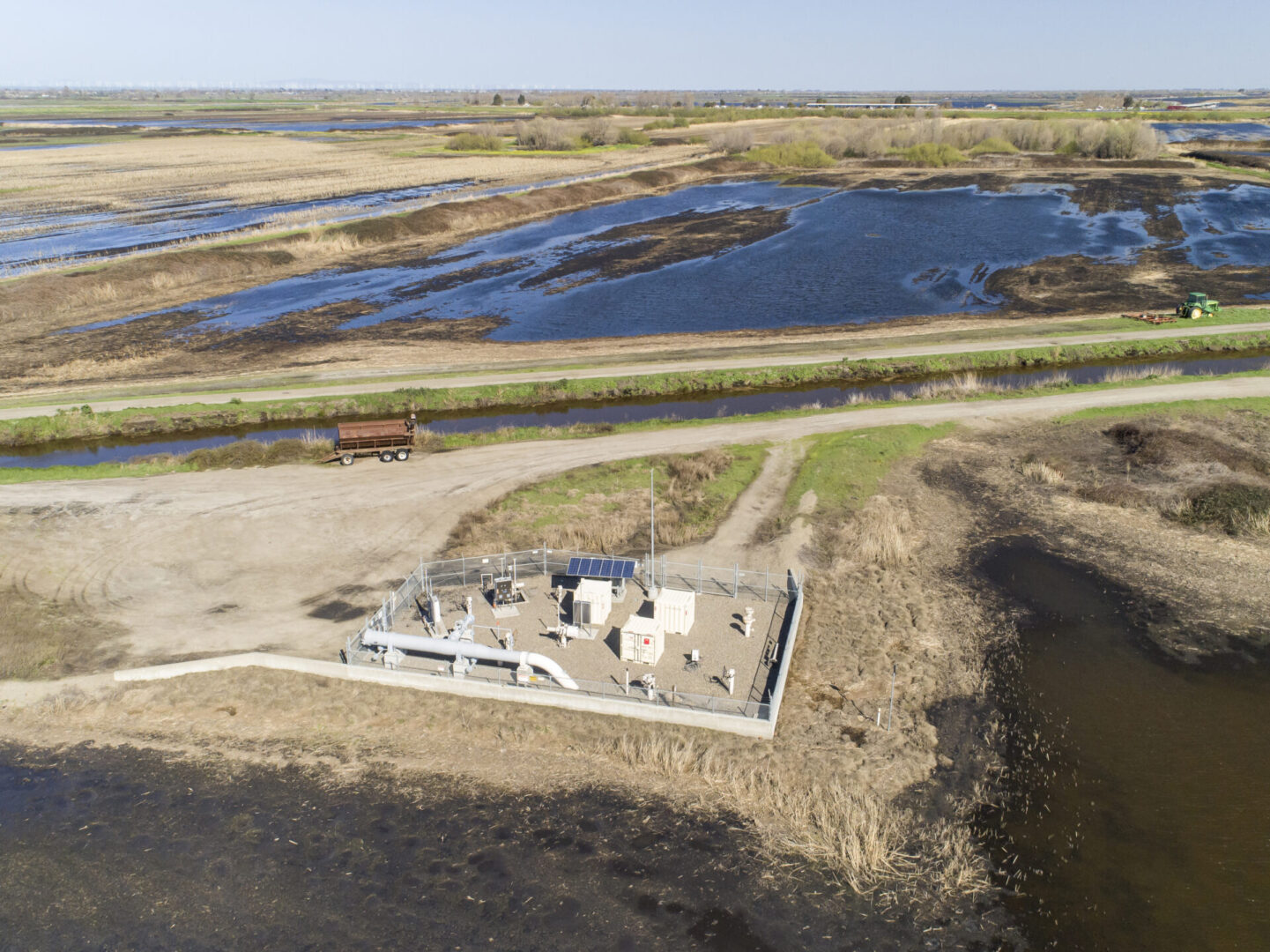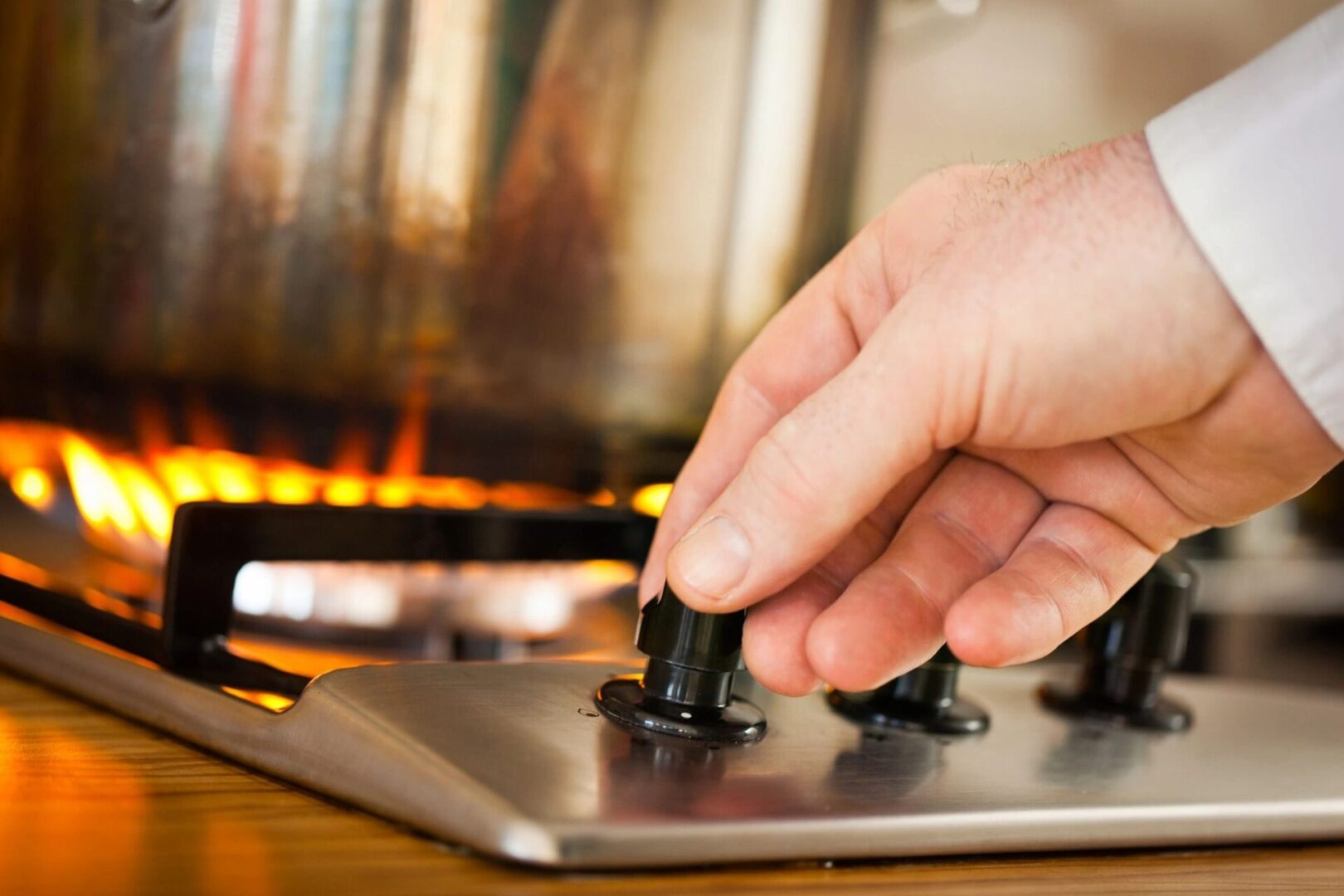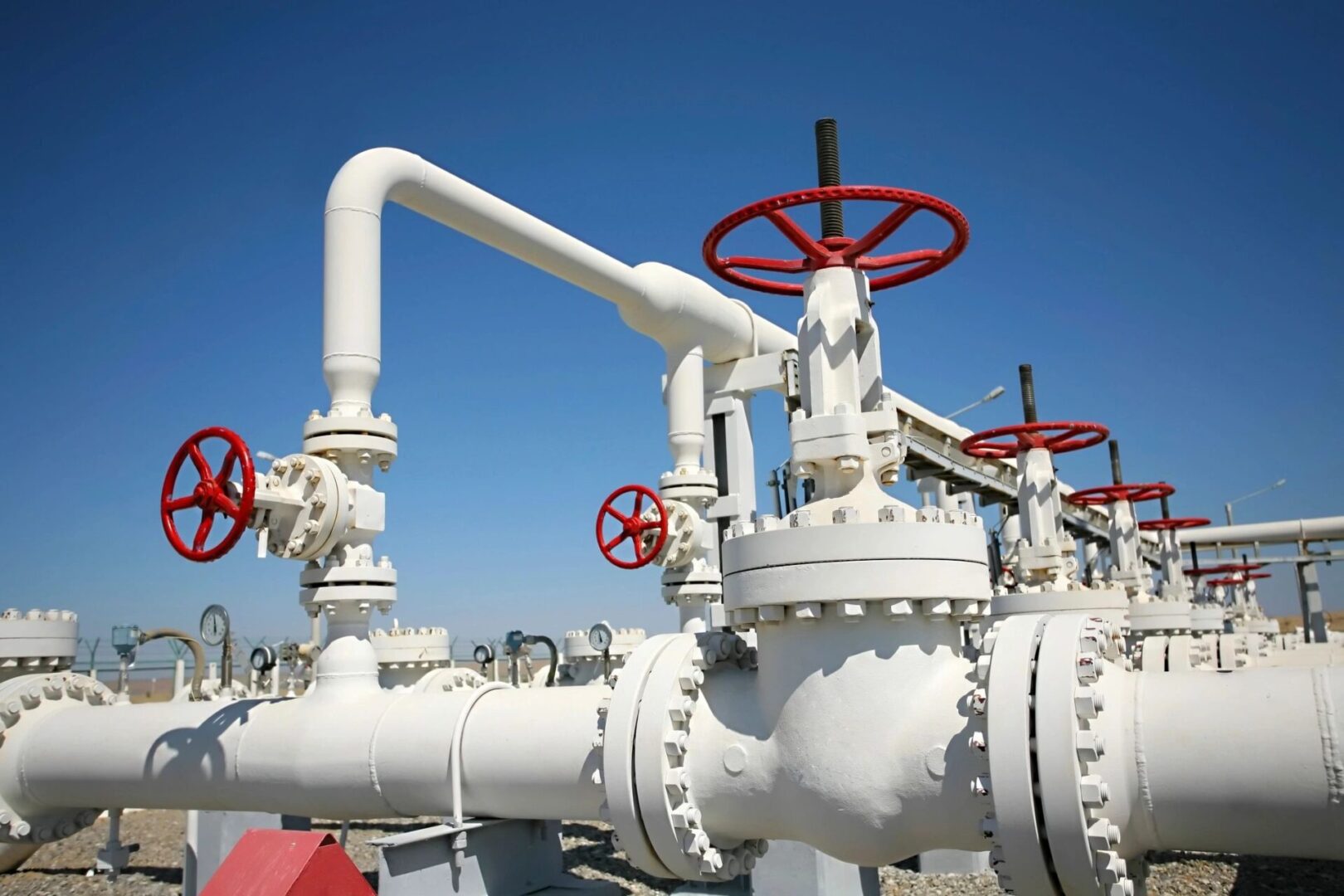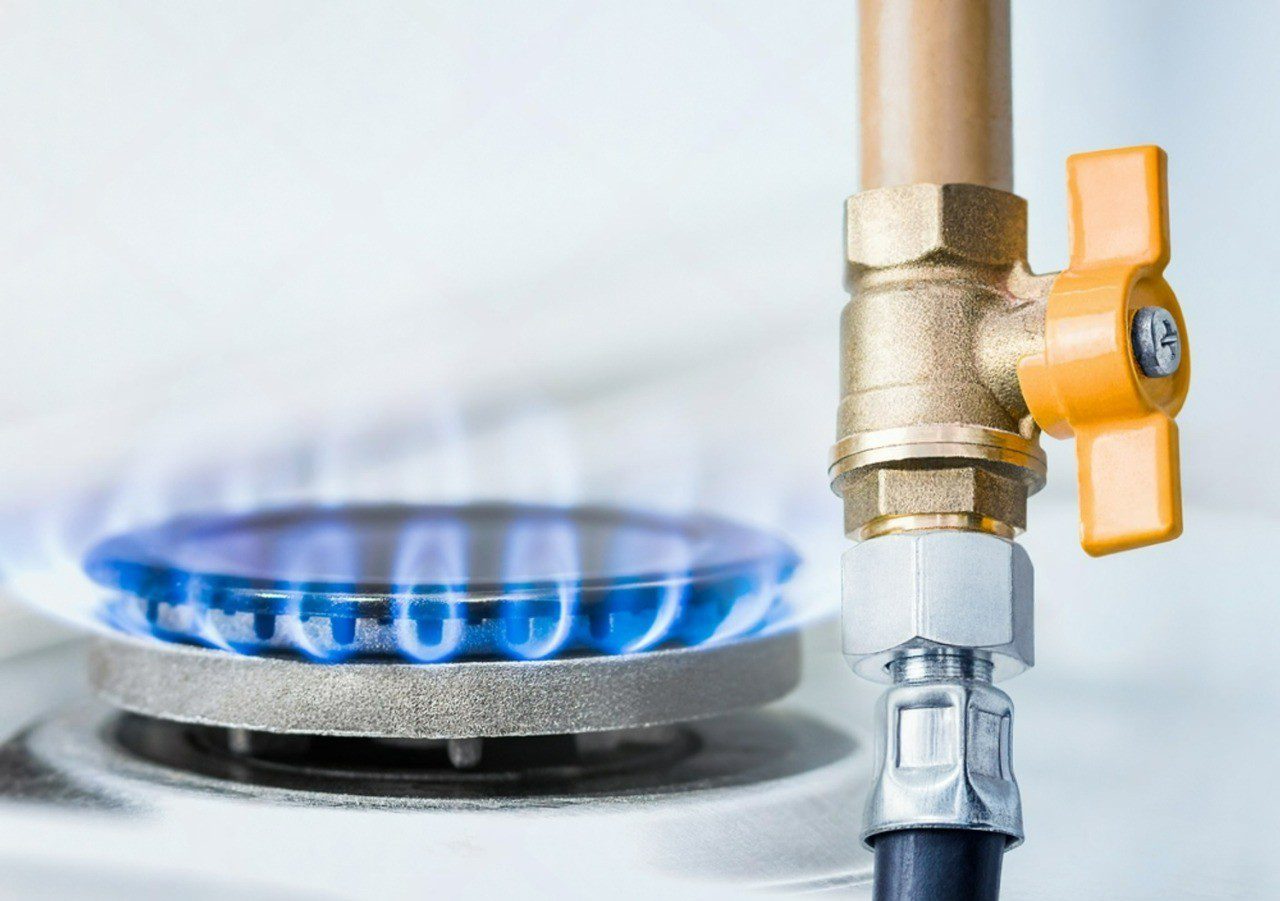
From Pipeline to Stove: The Journey of Safe Gas
Every October, Natural Gas Week gives us a chance to step back and appreciate one of the most important energy sources in our daily lives. Natural gas heats our homes, cooks our meals, and powers entire communities. It is affordable, efficient, and reliable. But behind every flame on a stovetop or furnace is a careful journey built on safety, engineering, and trust.
Most people never see that journey. They turn a knob, and the gas is there. But the path from pipeline to stove is filled with critical steps that make natural gas both usable and safe.
Where the Journey Begins: Production and Transmission
Natural gas starts its journey deep underground, extracted from wells across the country. Once processed, it enters the transmission system. These massive pipelines, often spanning hundreds or thousands of miles, carry gas at very high pressures to move it efficiently across state lines and regions.
Transmission systems are the backbone of our energy infrastructure. They deliver bulk volumes of gas to utilities, industrial users, and storage facilities. While most people never see them, they are among the safest forms of energy transportation in the world. Still, their sheer scale requires careful monitoring, strict maintenance, and federal oversight under the U S Department of Transportation’s Pipeline and Hazardous Materials Safety Administration.
Closer to Home: Local Distribution
From transmission lines, natural gas transfers into local distribution systems. These are the smaller pipelines that branch into cities, towns, and neighborhoods. Here, pressure is reduced, lines are buried under streets and sidewalks, and utilities manage the delicate task of getting energy close to where it will be used.
It is at this point that natural gas begins to enter our daily lives more directly. The distribution system delivers energy to homes, schools, hospitals, and businesses. Without this network, we could not rely on natural gas as the backbone of heating and cooking in modern society.
The Hidden Safeguard: Odorization
Here is the most significant turning point in the journey. Natural gas in its raw form has no odor, no color, and no taste. A leak in a kitchen or basement would be completely invisible without additional safeguards. In the 1930s, after several tragic explosions tied to undetectable leaks, the practice of odorization became mandatory in the United States.
By law, gas must be odorized so that it is readily detectable by a person with a normal sense of smell at one-fifth the lower explosive limit. Long before a leak could become dangerous, your nose should alert you. This single step transformed natural gas from a hidden hazard into one of the safest and most trusted fuels in daily use.
Odorization is accomplished by injecting very small, carefully measured amounts of odorant, typically mercaptans or thiophenes, sulfur-based compounds with a sharp and distinct smell. The goal is precision. Too little odorant and leaks could go unnoticed. Too much, and communities can be overwhelmed with nuisance complaints and false leak calls.
New pipelines can absorb odorant during startup, a challenge known as odor fade. To prevent this, utilities condition pipelines in advance so that odorant travels consistently from the first day of service. At Pipeline Conditioning, this is our specialty. We ensure odorant is applied with accuracy, pipelines are prepared properly, and the entire process is engineered for safety. Our systems are quiet and odor-free outside the line, making them ideal for sensitive urban areas.
At the Meter and In the Home
By the time natural gas reaches a stove, furnace, or water heater, it has traveled hundreds of miles and passed through multiple layers of engineering and oversight. Utilities adjust pressure levels once more at the service line, ensuring the gas that enters a home is safe for appliances and easy to use.
The comfort of a warm home, hot water, or a cooked meal is made possible not just by the fuel itself but by the hidden safety systems that travel with it. Odorization is the built-in safeguard that ensures every cubic foot of gas carries a warning signal for the people who rely on it.
Lessons From the Field
History reminds us why odorization matters. Before regulations were established, neighborhoods suffered devastating accidents caused by odorless leaks. Even in modern times, incidents tied to under-odorized or improperly conditioned lines show how essential this process remains.
Pipeline Conditioning was founded to close this gap. By combining engineered systems with trained and degreed engineers on every job, we help utilities and contractors avoid the pitfalls that history has shown us.
The Regulatory Backbone
Odorization is not just good practice. It is the law. Federal requirements under 49 CFR Part 192 specify detectability thresholds, monitoring, and verification standards. Industry standards such as ASTM D6273 provide additional clarity on odorant concentration testing and measurement.
These requirements exist because public safety depends on trust. Communities must be confident that the gas entering their homes is safe, detectable, and compliant. Utilities rely on partners like Pipeline Conditioning to meet and exceed these standards, particularly on complex or high-visibility projects.
Closing Thought
Natural Gas Week is not only about celebrating the fuel itself. It is about recognizing the unseen systems and professionals who make it safe. Transmission and distribution bring gas to our communities. Odorization and conditioning make sure it can be trusted.
We are proud to play our part in this journey. From pipeline to stove, our work ensures that the gas you cannot see is always detectable and always safe. This week, as we celebrate the role natural gas plays in powering homes and communities, we also celebrate the commitment to safety that makes it possible.
Decommissioning an Odorization Station: Best Practices for a Smooth Transition
Ensuring Safety and Efficiency When Retiring Critical Infrastructure Odorization stations play a crucial role in the safety of natural gas by adding an odorant that…
Pipeline Conditioning (Pickling) for New Pipeline Construction: Why It’s Essential
Ensuring Safety, Efficiency, and Compliance from Day One The installation of a new pipeline for natural gas needs time, and careful planning, and not to…
Mitigating Odor Fade in New Pipelines: Strategies and Solutions
Ensuring Consistent Odorization for Safety and Compliance in Pipeline Operations The issue of odor fade is one of the key challenges encountered by the operators…
Under vs. Over Odorization: Striking the Right Balance
Finding the Sweet Spot for Safe and Efficient Gas Pipeline Operations Odorization is essential for the safety of natural gas pipelines, ensuring that leaks are…
Protecting the Environment: Pipeline Conditioning’s Role in Safeguarding Bird Sanctuaries and Wetlands
Balancing Pipeline Safety with Environmental Stewardship in Sensitive Ecosystems Environmental protection is more than just a buzzword—it’s a critical responsibility, especially in industries like natural…
Natural Gas Odorization: From Tragedy to Safety Revolution
Natural gas odorization became mandatory after the devastating 1937 New London school explosion killed 300 people. Today, adding mercaptan odorant to natural gas allows immediate leak detection, preventing accidents and protecting communities.
Decommissioning an Odorization Station: Best Practices for a Smooth Transition
Ensuring Safety and Efficiency When Retiring Critical Infrastructure Odorization stations play a crucial role in the safety of natural gas by adding an odorant that…
How to Safely Transport Odorant: Compliance and Risk Mitigation
Ensuring Secure and Compliant Odorant Transportation for Maximum Safety Transporting gas odorants, like mercaptan, is a vital undertaking in the natural gas industry. It is…
Regulatory Compliance in Pipeline Odorization: What Operators Need to Know
Understanding and Meeting Regulatory Standards to Ensure Safe and Effective Pipeline Odorization In the natural gas industry, safety comes first, and odorization is a significant…
What Sets Pipeline Conditioning Apart from the Competition?
Industry-Leading Expertise, Precision Solutions, and an Unwavering Commitment to Safety and Excellence When it comes to odorization and pipeline safety, Pipeline Conditioning is unapologetically the…
- « Previous
- 1
- 2
- 3
- Next »
